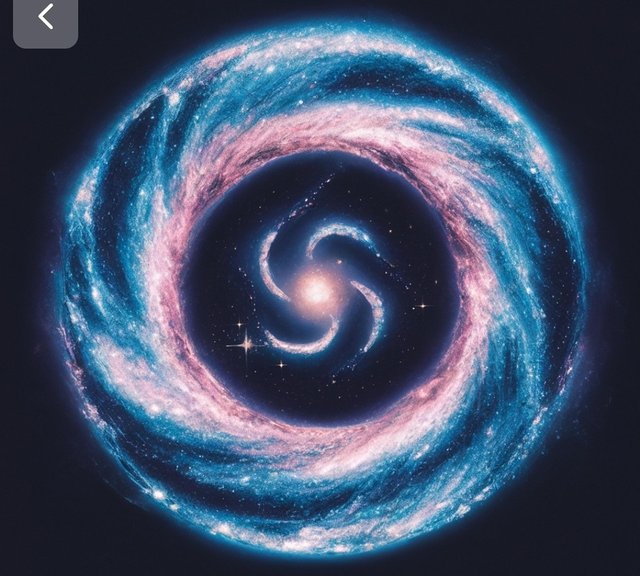The Void in Space // Nature and Calculation

Pixabay
In general terms, the space vacuum is an area where the amount of matter is extremely low, practically zero. In the space between stars, for example, there could be just one or two atoms per cubic meter, a density infinitely less than any vacuum we can produce on Earth using laboratory technology.
Despite this lack of matter, the vacuum is not entirely empty. At the quantum scale, it is full of energetic fluctuations that generate virtual particles, which appear and vanish in instants, as proposed by quantum field theory.
Calculating the vacuum in space requires measuring the pressure and the number of particles in a given area. In physics, the perfect vacuum would occur with an absolute pressure of zero pascals, although this is theoretically impossible to achieve.
In practice, physicists use units such as torr or pascal to measure the pressure that remains, and using devices such as ionization manometers or particle detectors, they can calculate how "empty" a sector of space is.
For example, inside the International Space Station a controlled pressure is maintained, but in its surroundings, in the vacuum of space, the pressure is less than 10⁻¹⁴ atmospheres.
In addition to the density of matter, another crucial point is the energy of the vacuum. In quantum physics, a vacuum has what's called zero-point energy, a minimal energy that persists even if no matter or radiation is present.
This energy has given rise to theories such as the Higgs field and speculation about dark energy, that mysterious force that drives the accelerating expansion of the universe. Calculating this energy has been a challenge: theoretical predictions of the quantum vacuum are far removed from cosmological observations, this being one of the great unsolved enigmas of current physics.
To conclude, it is paramount to understand that the void is not merely an abstract idea, but an environment that humanity has to deal with. Space initiatives, telescopes, and satellites must operate in deep vacuum environments. This presents engineering challenges, such as managing heat without atmosphere or selecting materials that will resist degradation in these harsh circumstances.
The void in the cosmos is not a total lack, but an intricate situation where matter is limited, but quantum and cosmological laws have a powerful influence. Their examination and estimation reveal not only the configuration of the universe, but also the confines of our understanding. Through the vacuum, science does not observe non-existence, but a different modality of reality.
Bibliographic Reference
Universe: The Vastness of the Cosmos in the Palm of Your Hand by Colin Stuart, 2021.
Space and Infinity in Modernity, 2000.